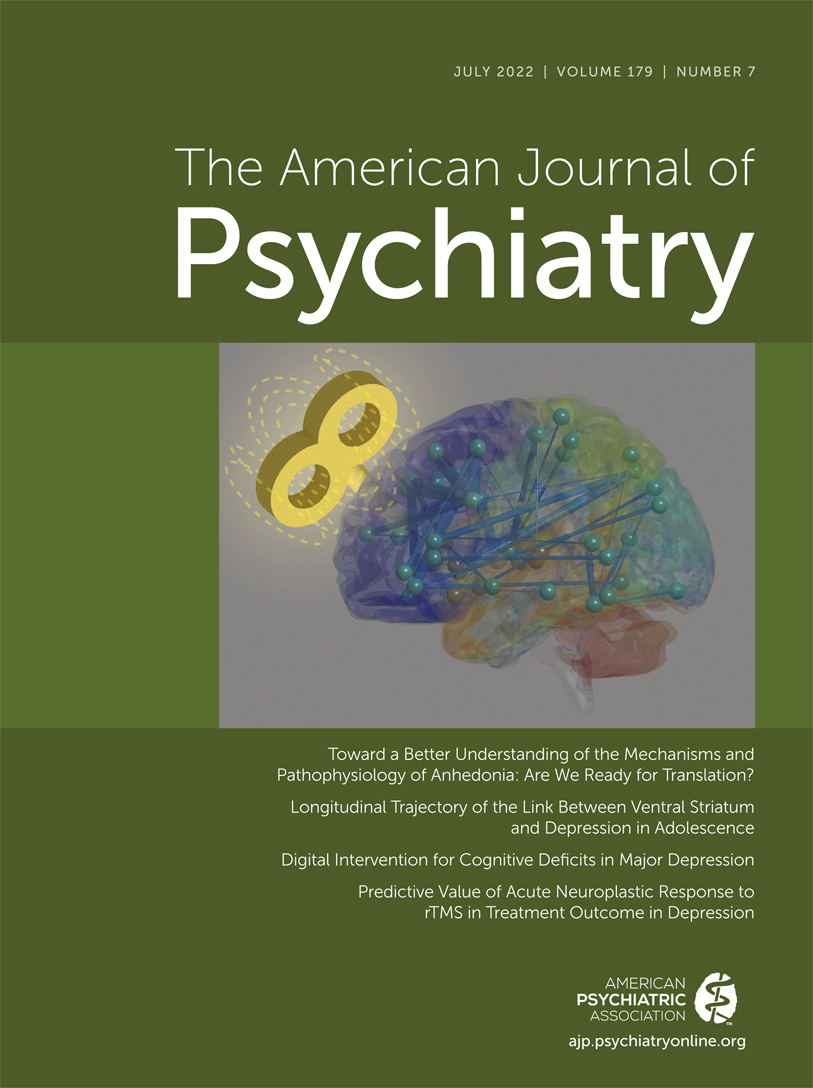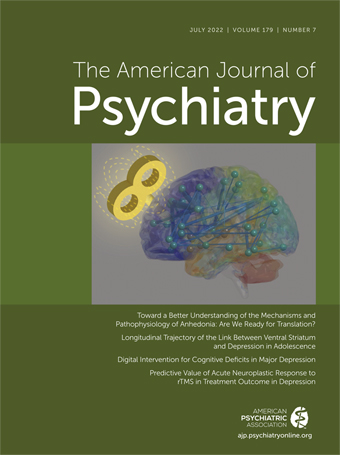Neuroscientific Advances Supporting New Treatments for Major Depression
Reward Circuitry Alterations Relevant to Adolescent Depression and Anhedonia
The Effects of a Digital Intervention on Depression-Related Cognitive Changes
Efficacy of a Dextromethorphan-Bupropion Combination in the Treatment of Depression
Assessing Brain Connectivity Changes to an Initial Session of Repetitive Transcranial Magnetic Stimulation (rTMS) as a Predictor of Treatment Response
Large-Scale Population-Based Study Does Not Support an Association Between Amygdala Reactivity to Negative Faces and Depressive Symptoms
Conclusions
References
Information & Authors
Information
Published In
History
Keywords
Authors
Funding Information
Metrics & Citations
Metrics
Citations
Export Citations
If you have the appropriate software installed, you can download article citation data to the citation manager of your choice. Simply select your manager software from the list below and click Download.
For more information or tips please see 'Downloading to a citation manager' in the Help menu.
View Options
View options
PDF/EPUB
View PDF/EPUBLogin options
Already a subscriber? Access your subscription through your login credentials or your institution for full access to this article.
Personal login Institutional Login Open Athens loginNot a subscriber?
PsychiatryOnline subscription options offer access to the DSM-5-TR® library, books, journals, CME, and patient resources. This all-in-one virtual library provides psychiatrists and mental health professionals with key resources for diagnosis, treatment, research, and professional development.
Need more help? PsychiatryOnline Customer Service may be reached by emailing [email protected] or by calling 800-368-5777 (in the U.S.) or 703-907-7322 (outside the U.S.).

